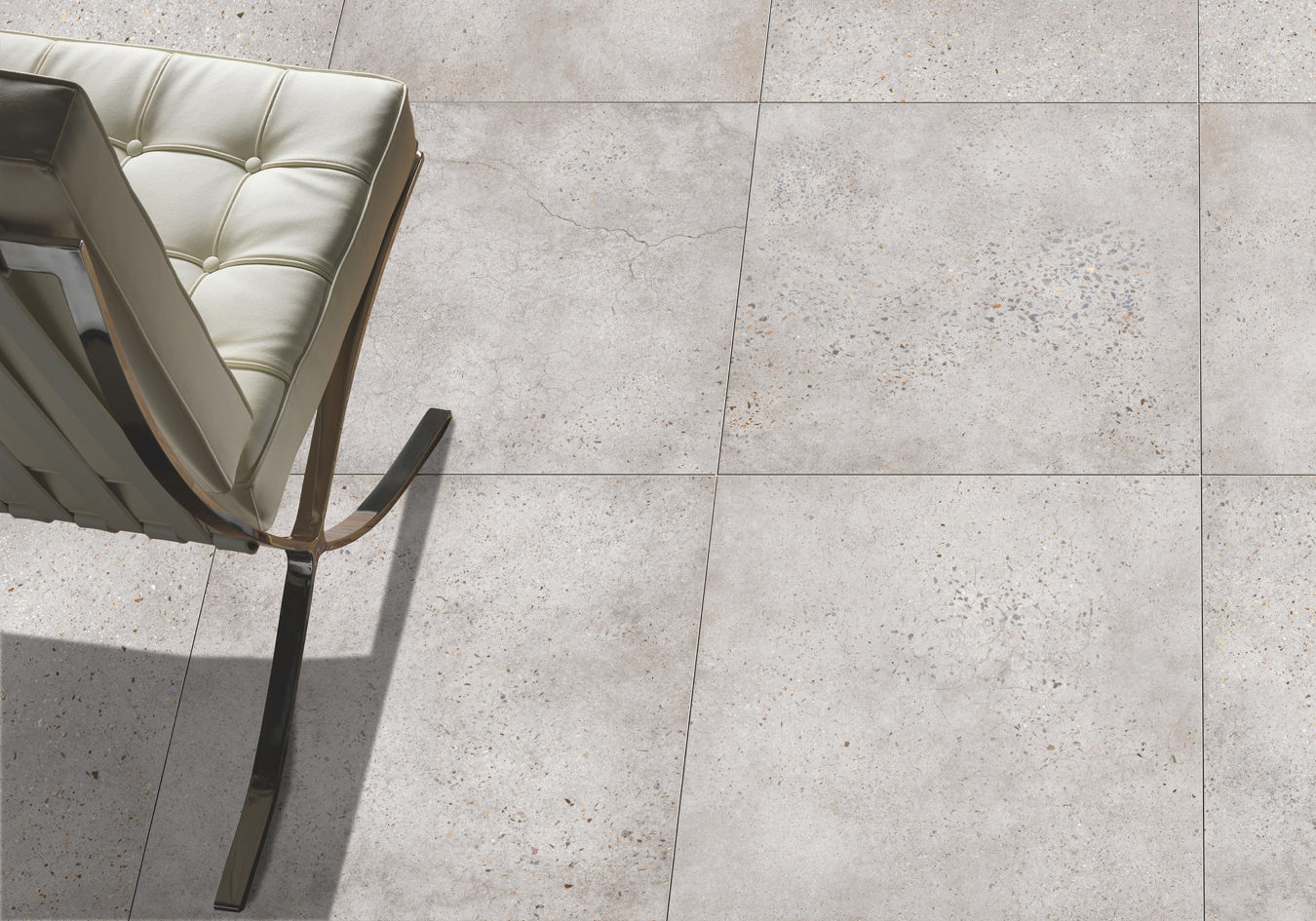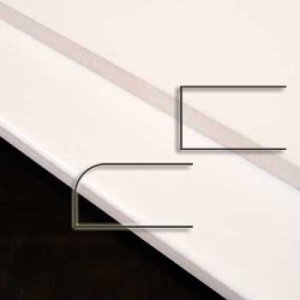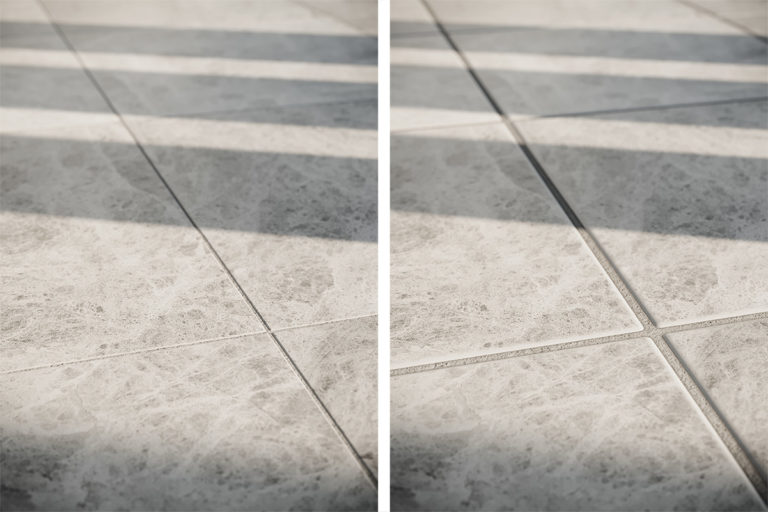We all know how critical tiles are as part of the design process and creating the overall look and feel of the home, but they are also essential to get right in terms of functionality. This ensures your tiles will last for decades to come.
Alongside the many choices you’ll have to make including ceramic or porcelain tiles, colours, shapes, design, patterns, grout… one decision you’ll come across with tiles is choosing between rectified vs unrectified. Understanding the technical attributes of the tile before purchasing is important to ensure when it comes to tile installation you are happy with the final result.
So let’s break down the two!
What is Rectified Tile?
Rectified tiles are tiles which have been specially manufactured, grinded and polished to have a precise sharp edge with 90 degree corners.
Why Would A Tile Be Rectified?
A manufacturer would choose to rectify a tile to ensure every tile in the range is identical. As across many industries, throughout the manufacturing process inconsistencies can occur. By rectifying the tile you will be ensuring there are as little inconsistencies as possible and a near perfect batch of exactly the same size tiles.
Image Source: Ndedeian
What Benefits Would Rectified Tiles Have?
The main benefits of rectified tiles are they can be laid closer together during installation. Rectified tiles have thin grout lines because they are all so similar in size that there is no risk of one or two tiles being ‘out’ and inconsistent with the lay pattern.
By laying tiles closer together this achieves a ‘seamless’ tile look. A seamless design is desired when you want to elongate a room, perhaps transition two spaces more smoothly together, and can be advantageous as adding an element of luxury to a space.
Alongside this there are a multitude of benefits including less cleaning and maintenance as dirt and grout will not appear as obvious as in thicker grout lines.
Are There Any Disadvantages?
The main disadvantage is rectified tiles have thinner grout joints meaning you have to use unsanded grout. Whilst unsanded grout is still a viable product it does break down quicker than its sanded counterpart.
Rectified tiles are also more expensive as there are additional processes they undergo during manufacturing. They are much quicker to install due to less grout requirements and as such can cost less for a tile installer as there is less labor involved. (CHECK THIS)
So when choosing your rectified porcelain tile or ceramic tiles it’s important to consider your budget, the overall look and feel of the bathroom and equally the type of grout finish you would like.
Image Source: Stringfixer
What is an Unrectified Tile?
Unrectified (or non rectified tile) do not undergo the additional grinding process. As such they have a more curved, uneven edge.
If the sound of uneven edges is unnerving to you, don’t fret! It is almost completely unnoticeable (not to a tiler though!) as they may only be out a few millimeters.
Alongside this there are a lot of tiles which purposely have a rough or ‘handmade look’ edge. This has become a popular trend in the tile industry as the rough edges add more character especially for tile varieties including subway and other decorators.
As such non rectified tiles have a more natural look compared to rectified tiles which are more modern and clean cut.
What Are The Advantages Of Rectified Tiles?
The main advantage of an unrectified tile is it costs less than rectified tiles. As such they are a more affordable option for those on a tight budget!
The benefit between larger grout lines is you have the option of sanded grout. Sanded grout is the preferred installation choice for grout as it is much more durable, easier to clean and will not break down as quickly over time. This means it will handle areas with greater foot traffic more durably.
Are There Disadvantages?
The most obvious disadvantage is you can expect much larger grout lines between unrectified tiles compared to rectified. Another downfall is the thicker grout lines means more obvious dirt and staining. It will be much more obvious that the grout needs a good scrub!
Need More Help With Tile Selection For Your Project?
Elegance Tiles has a diverse range of quality porcelain and ceramic tiles including marble look, natural stone look, wood tiles, mosaic tiles and more. We can provide you with the right floor tiles and wall tiles appropriate for any renovation or new build project.






